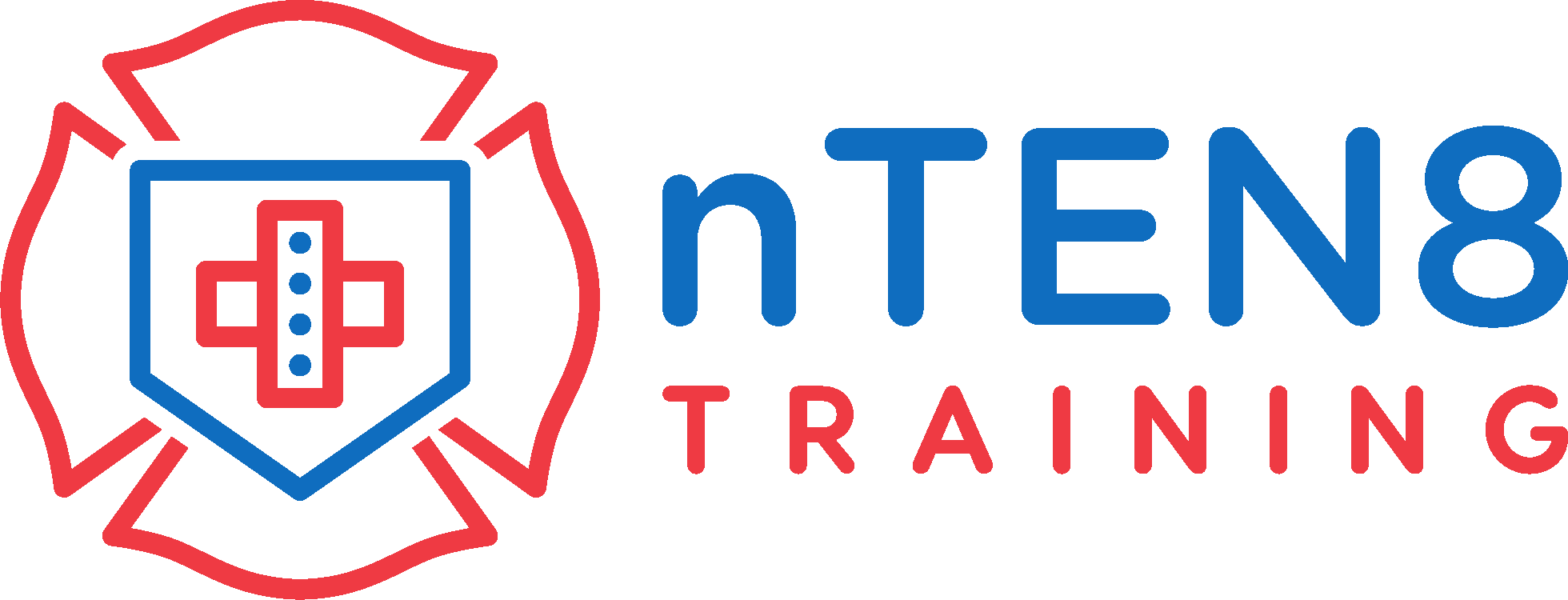Fundamentals of Food Allergies: Understanding what food allergies are and how they can cause allergic reactions in certain individuals is essential. Educating oneself on the allergies found in food is the first step in creating a safer food environment.
Common Allergens: Learning about the most common allergens found in food and where they can be found is crucial. This includes peanuts, tree nuts, dairy products, shellfish, and other allergens. Awareness of these allergens is necessary for safe food handling.
Recognizing Allergic Reactions: Acquiring the knowledge to identify allergic reactions in oneself and others is important. Recognizing symptoms, which can range from minor reactions like itching and hives to severe reactions like anaphylaxis, is essential for providing prompt assistance.
Preventing Cross-Contamination: Exploring methods for preventing cross-contamination outside the kitchen is important. Understanding the importance of using separate utensils, following hygienic procedures, and clear labeling helps prevent accidental contact with food allergens, ensuring a safe environment for everyone.
Creating Allergy-Friendly Environments: Learning how to make restaurants, homes, and educational settings allergy-friendly is crucial. This includes practical solutions for accommodating individuals with dietary sensitivities, from meal preparation to communication techniques. Promoting safety and inclusivity in any food-related situation is essential.





